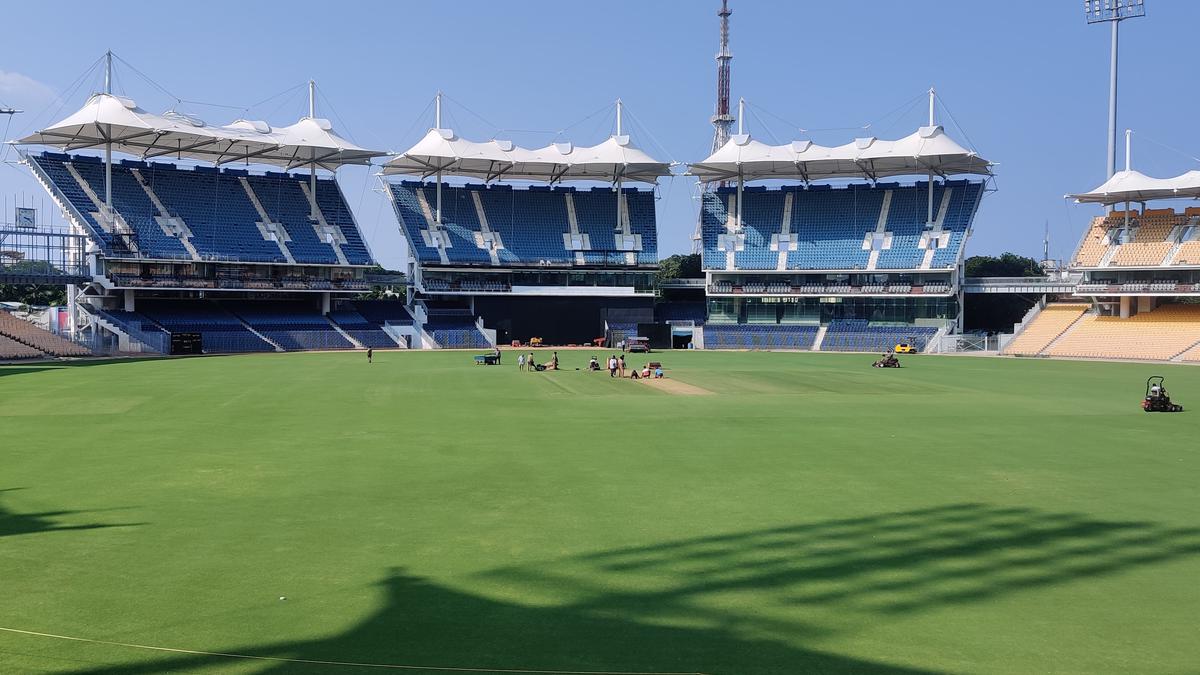
‘Green paradise’ that has struck a cricketing chord with the people
The Hindu
Chepauk Stadium, a historic cricket venue in Chennai, holds iconic matches and moments, embodying the city's sporting culture.
No one doubted actor Santhanam when he, in one of his films, slipped ‘Cricket na Chepaakam (Cricket means Chepauk) into a monologue on the features of Chennai. In fact, to many in this locality and across the city, the first thing that comes to their mind on hearing the name ‘Chepauk’ is either veteran cricketer M.S. Dhoni, whom they fondly call Thala, or the M.A. Chidambaram (MAC) Stadium.
Encompassed by four roads in four directions (two of which connect to Anna Salai), the MAC Stadium, also called the Chepauk Stadium, has become an integral part of the city over the years.
“Of course, over the last 40-50 years, this place has left an indelible impression in the minds of people. It instils a nostalgic feeling in those who have seen it since its inception. The current one, too, has a unique charm about it,” recalls W.V. Raman, a former Indian cricketer.
The genesis of Chepauk’s synonymity with cricket can be traced to the late 1800s, after the formation of the Madras Cricket Club (MCC). Though founded in 1846, it became well-established in the 1860s after it leased a portion of the grounds on Chepauk (then the palace and the grounds of the Nawab of the Carnatic) to set up a cricket ground, as late historian S. Muthiah outlines in his book The Spirit of Chepauk.
Subsequently, the Chisholm’s Pavilion came up. It faced its fair share of problems, including a cyclone. The Irwin Pavilion followed, sporting its Hanbury Clock, and survived until the stadium entered the picture.
The idea to construct a stadium arose well after the Madras Cricket Association (which became the Tamil Nadu Cricket Association in 1971) entered the fray in 1930. It put forth its need to have its own cricket ground instead of asking the MCC every time there was a need for a big match, the book recalls.
The Hindu reports have documented how, from 1949, other locations were scouted for the stadium (before the MCC grounds were finalised). Much of the credit for its construction would go to M.A. Chidambaram, former TNCA president, after whom it was named by 1986.













